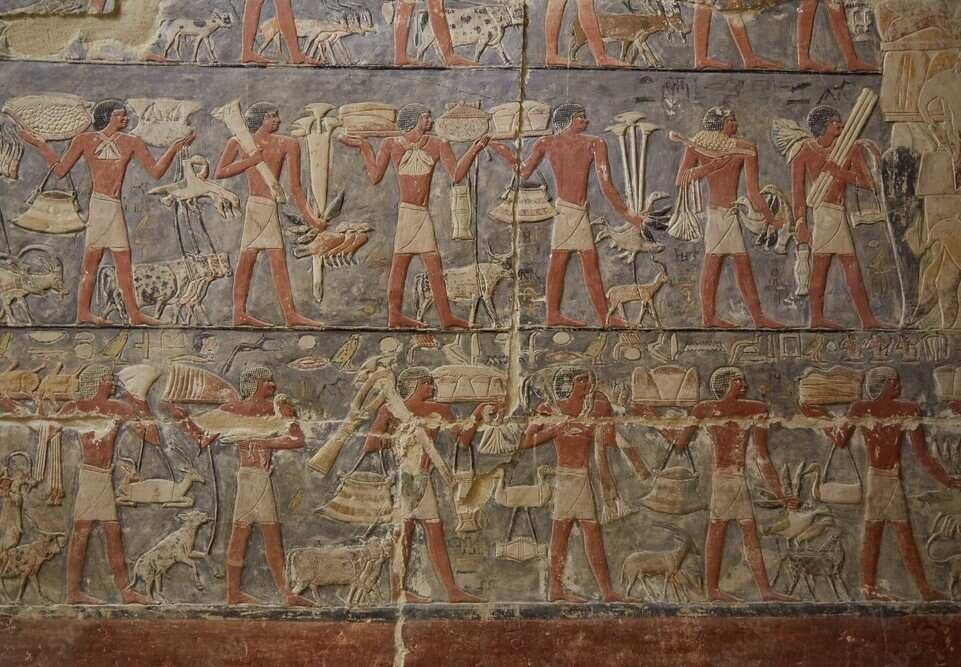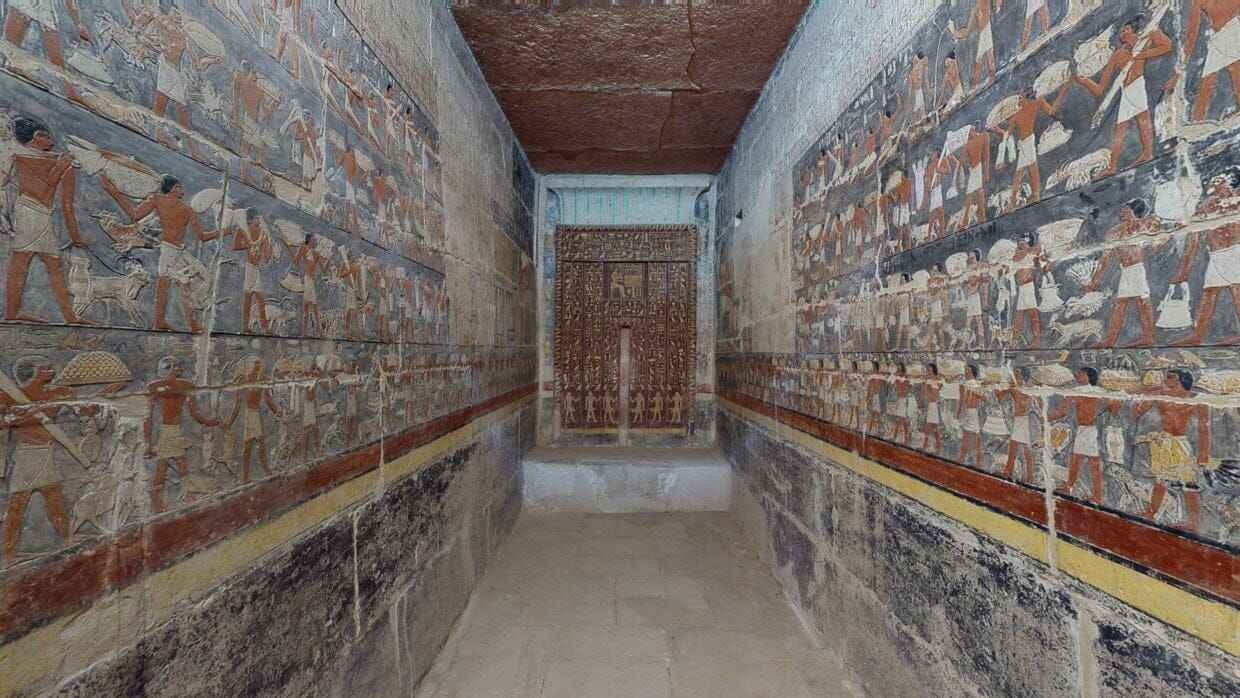Mehu tomb in Saqqara
An Insight into the Intriguing Lives of Ancient Egyptians
Egypt's cultural heritage and history continue to captivate people all around the world. Among the most fascinating elements of this heritage is the ancient Egyptian civilization that has left behind a wealth of artifacts and monuments, still standing today. One such monument is the Mehu tomb in Saqqara, which provides a remarkable glimpse into the lives of ancient Egyptians.
Dating back to approximately 2500 BC during the Old Kingdom period, the Mehu tomb is believed to be the burial chamber of Mehu, a high-ranking official in Pharaoh Teti's court. As the vizier or chief minister, Mehu was a trusted advisor to the pharaoh.

The Mehu tomb stands apart in light of multiple factors. First and foremost, it is one of only a handful of exceptional Old Kingdom tomb that remains dominatingly in salvageable shape, offering an uncommon chance to understand old Egyptian entombment practices and convictions. Secondly, it houses probably the most sensitive and all around safeguarded reliefs and artworks from the Old Kingdom era, offering significant experiences into the traditions and day to day existence of that time.
The tomb involves a few chambers, including an entry corridor, a second chamber for Mehu's children, and the biggest chamber for Mehu and his significant other. The entry corridor includes an enormous sculpture of Mehu, alongside reliefs portraying different regular exercises like hunting, fishing, and cultivating. The subsequent chamber is more modest, however it contains unpredictable reliefs and artistic creations of Mehu's children participated in various exercises. The third and biggest chamber has the most noteworthy reliefs and compositions, portraying Mehu and his significant other in the great beyond, including a striking help of the couple feasting with the divine beings.

The Mehu tomb is remarkable because it provides a unique window into ancient Egyptian beliefs and burial customs. The rooms of the tomb were supplied with food, clothing, and other necessities so that Mehu and his family would be taken care of in the hereafter. Also, the well-preserved reliefs and paintings provide invaluable insights into the rituals and everyday life of the ancient Egyptians, including the significance of fishing and hunting as well as their belief in an afterlife. Last but not least, the tomb's connection to a strong vizier sheds light on the political and social systems of ancient Egypt as well as the vizier's function in the pharaoh's court.
The Mehu tomb in Saqqara is a fascinating structure that sheds light on ancient Egyptian culture, beliefs, and customs. While its link with a strong vizier offers insights into the political and social systems of ancient Egypt, its well-preserved reliefs and paintings offer priceless insights into the daily life of ancient Egyptians. Everyone interested in ancient history and culture must pay a visit to this landmark.